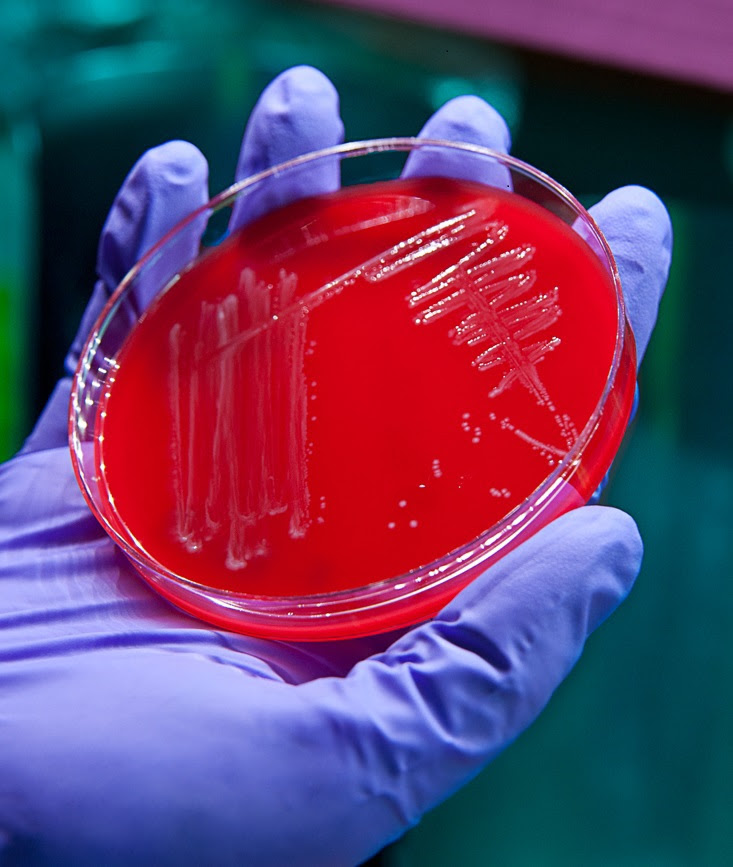The report includes the most recent data from CDC’s Foodborne Diseases Active Surveillance Network, or FoodNet. It summarizes preliminary 2015 data on nine germs spread commonly through food. Overall, progress in reducing rates of foodborne illnesses has been limited since 2012, according to the report. The most frequent causes of infection in 2015 were Salmonella andCampylobacter, which is consistent with previous years.
Read other key findings.
 FoodNet has been monitoring illness since 1996. FoodNet provides a foundation for food safety policy and prevention efforts because surveillance data can tell us where efforts are needed to reduce foodborne illnesses. FoodNet has been monitoring illness since 1996. FoodNet provides a foundation for food safety policy and prevention efforts because surveillance data can tell us where efforts are needed to reduce foodborne illnesses.
FoodNet collects information to track and determine trends in laboratory-confirmed illnesses caused by nine germs transmitted commonly by food: Campylobacter, Cryptosporidium, Cyclospora, Listeria,Salmonella, Shiga toxin-producing O157 and non-O157, Shigella, Vibrio, and Yersinia. It is a collaboration among CDC, 10 state health departments, the U.S. Department of Agriculture’s Food Safety and Inspection Service, and the U.S. Food and Drug Administration.Read more.
|
|

 Changes in the tests that diagnose foodborne illness are helping identify infections faster but could soon pose challenges to finding outbreaks and monitoring progress toward preventing foodborne disease, according to a report published today in CDC’s Morbidity and Mortality Week Report.
Changes in the tests that diagnose foodborne illness are helping identify infections faster but could soon pose challenges to finding outbreaks and monitoring progress toward preventing foodborne disease, according to a report published today in CDC’s Morbidity and Mortality Week Report.
































No hay comentarios:
Publicar un comentario